Flowers
Eventually I plan to figure out what all these are, but for now, an assortment of pictures. Please keep your limbs and appendages inside the blog at all times, and do not attempt to eat the flowers, however tasty they may appear.
First, some yellow buttercup like things that were everywhere, everywhere I tell you! (Found (1): Yellowbells, Fritillaria pudica. Edible bulbs, roots and pods)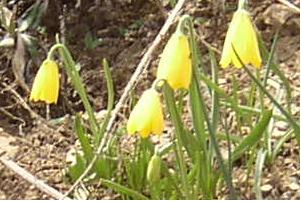
The orange variety only appeared in one place, though. So it could be from absorbing some nutrient that only occurred in that place, or just a random genetic mutation: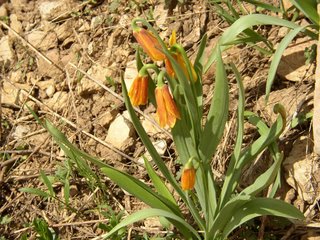
And here's a rather common flower that I've looked up before (Found(3): Long-Leaf Phlox, Phlox longifolia. They show up all over at Littlewood Reservoir, some times of year. I've seen them range from white to pale lavender, but this is the pinkest I've ever seen them: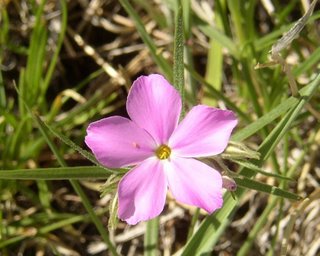
Here we have something similar to the penstemon of last summer, but the flowers are smaller. (Found(5): I think this is lance-leaf draba, Draba brewerii. Apparently it was used at one time to treat a nail infection called "run-around." *shrugs*)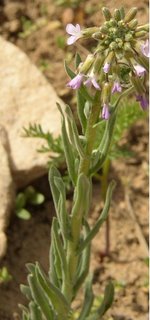
Ah, and I was quite pleased with this one. On the left we have the steershead flower, which for no obvious reason looks just like the skull of a cow (Found (2): Steer's Head, Dicentra uniflora; it's in the poppy family). On the right is likely some sort of cinquefoil.(Found(5): The leaves aren't quite right, but I think this is either Dwarf Hesperochiron, Hesperochiron pumilus or a close relative.)
I'd never seen these before. They remind me of lilies. No clue if there's any relation. (Found (1): Snow Lily, Erythronium grandiflorum. Edible corms, better cooked, eating too many at once can make you sick; leaves and pods also edible)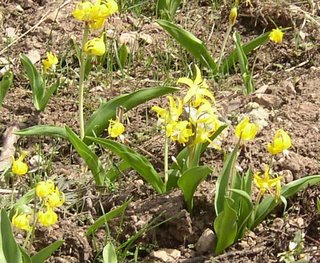
These are basically a wild violet. Or iris. I forget which. But they're pretty. (Found(1): Either Canada violet or a very close relative, Viola canadensis. Oh, this is cool, "Violet seeds have special oily bodies called elaiosomes. These attract ants, which then carry them to their nests.")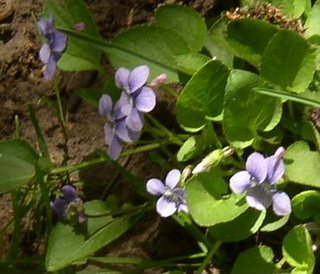
A very similar flower in yellow: (Found (1): Some sort of yellow violet, Viola ???. None of the ones in my book mention serrated leaves, so I may keep looking. Interesting trivia: "All violets are edible...leavs and flowers can be eaten raw...used as potherbs...made into tea...high in vitamins A and C. ... However, the rhisomes, fruits and seeds are poisonous.) ((4) suggests is may be Viola Vallicola)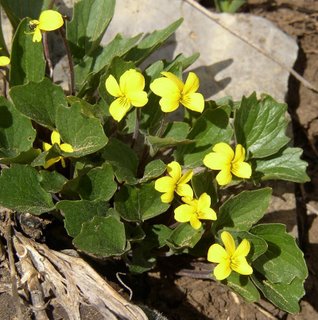
Last but not least, a white flower (Found(5): The flowers had me fooled, as they look too droopy, but the leaves give away that this is also a violet. Macloskey's Violet, Viola macloskeyi.)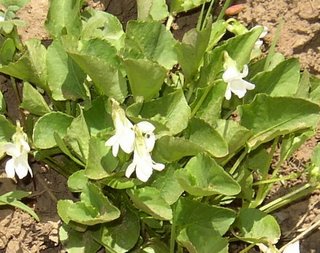
Source(s) for look-ups:
(1)Plants of the Rocky Mountains, a Lone Tree field guide.
(2)Field Guide to the Rocky Mountain States, National Audubon Society.
(3)A Field Guide to Wildflowers of the Rocky Mountains, Carl Schreier
(4)Idaho Transportation Department
(5)Idaho Mountain Wildflowers, A. Scott Earle (Note: this book has less than many others, but it contains some obscure ones that I haven't found anywhere else)




No comments:
Post a Comment